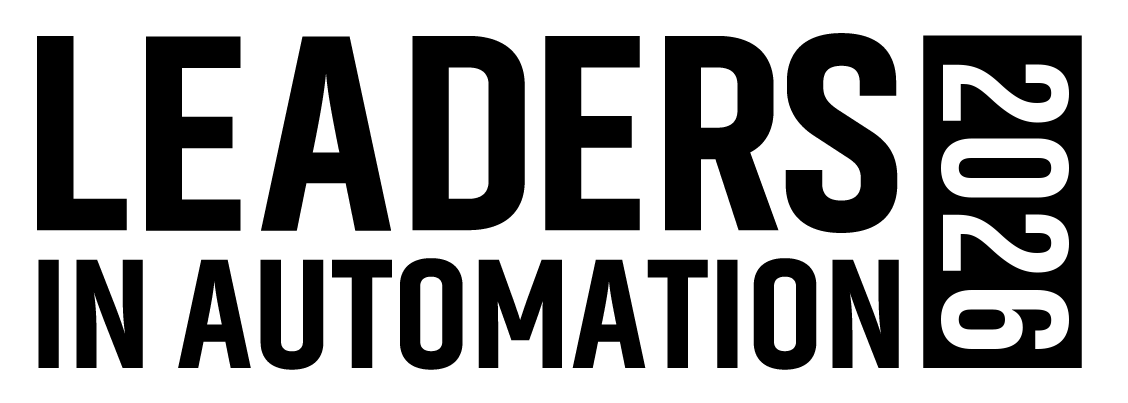Traditional production lines are designed to be an effective collaboration between man and machine. While the machines (including robots) can be programmed for optimal performance, people cannot. An efficiently designed automated robotic station must take into account the human variable and not limit the station ahead of time by creating an overly rigid structure.
Most important, the decision to use robots must be justified by an ROI analysis. Planning is critical. Robots must be properly incorporated into the overall lean manufacturing environment, in the right applications, to get the desired results.
Standard industrial robots have a single tool mounted to a single arm. While more efficient than human labor, the lack of flexibility is limiting. By incorporating tool changers, the robot can perform multiple functions. This improved utilization improves productivity and profitability.
Vision systems empower robots
Another development that can advance lean manufacturing is the combination of vision technology with robots. Vision-generated guidance information allows robots to vary their motion targets. This is particularly useful for operations that require visual distinctions and decision-making, such as racking/un-racking of parts, part picking from bins and part inspections. By taking over these once manual activities, robots can deliver higher consistency, accuracy, repeatability and speed.
Robots are heavily utilized in inspection applications using flexible measuring systems. Mounted with vision cameras, these robot systems can collect information from multiple locations, dramatically reducing the number of vision cameras and fixtures required to inspect parts. Vision-equipped robots can also reduce imperfections and scrap material in finishing operations, such as routering, grinding and sealing.
Liked this article? Download the entire playbook here
About the Author

Leaders relevant to this article: